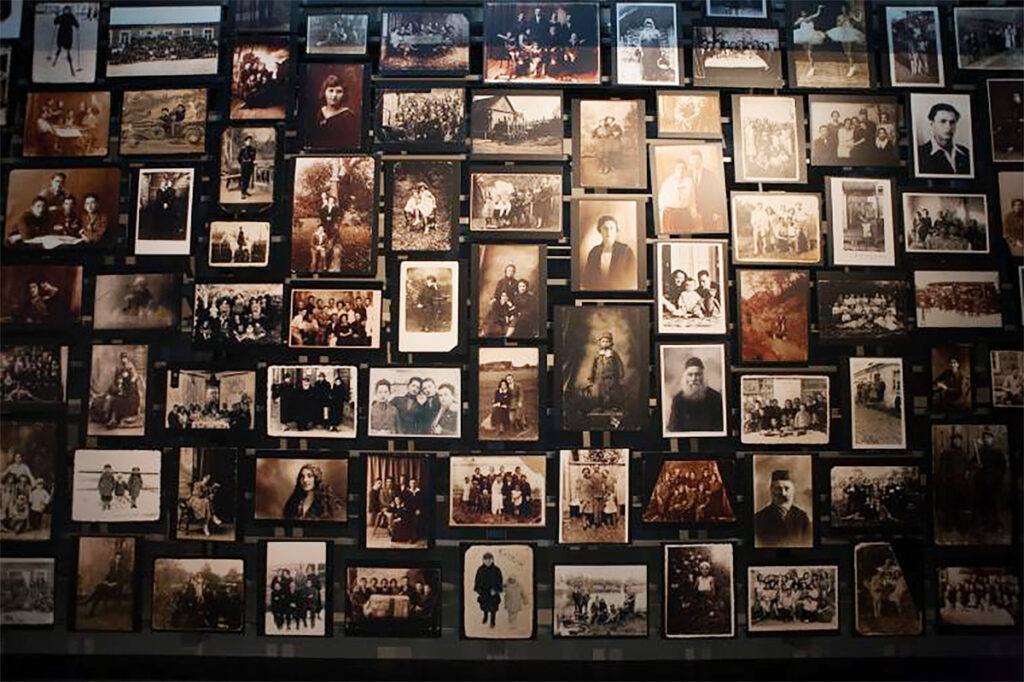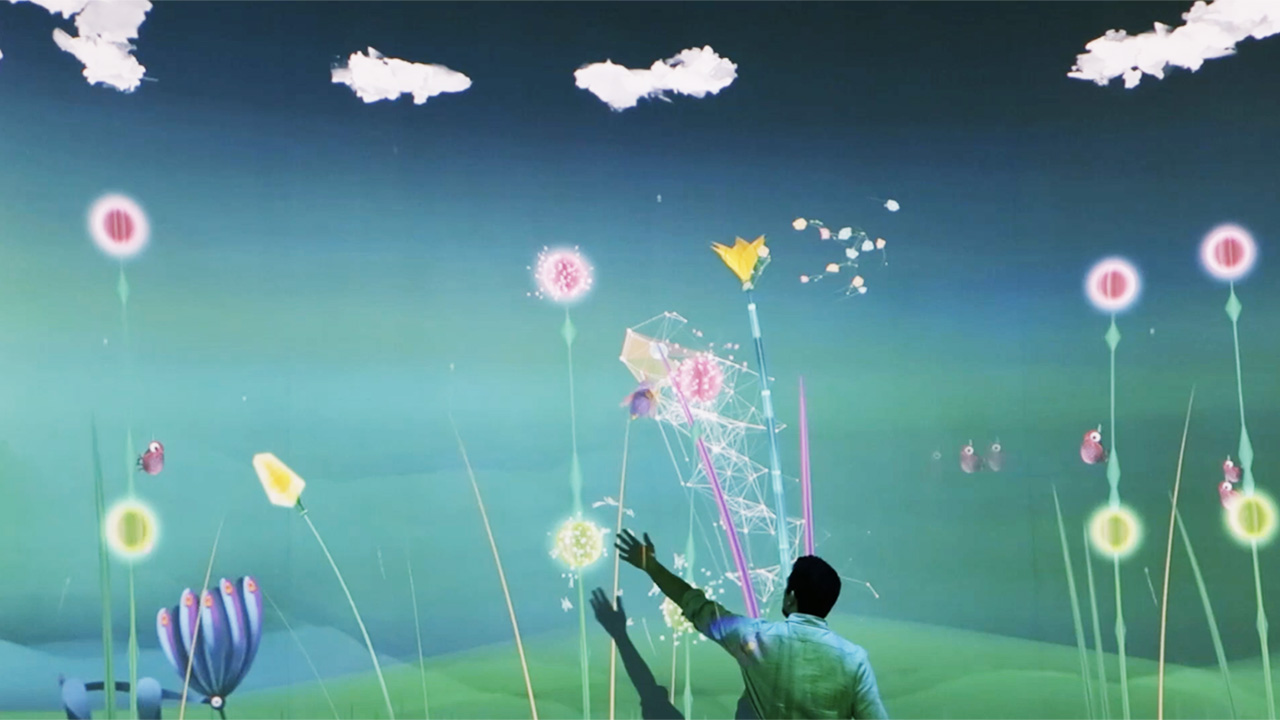After a year of seismic change for global cultural stakeholders, MuseumNext’s Digital Summit convened to assess how organizations pivoted and formed new strategies. The week-long event (February 22 to 26) welcomed more than 60 speakers to share experiences and learnings from 2020.
As the Digital Summit’s official media partner, Jing Culture & Commerce presents key findings from select sessions. Find more of our coverage here.

Weaving storytelling into its exhibitions, the United States Holocaust Memorial Museum builds narratives that encourage active and emotional audience engagement. Image: USHMM
Session: “Untying the Gordian Knot of ‘Engagement’”
Host: Ed Rodley, Co-Founder and Principal, Experience Alchemists
It’s well understood that audience engagement is a significant driver of cultural institutions’ programs, platforms, and strategies — and particularly so in the past year when COVID-mandated lockdowns necessitated a better grasp of visitor behaviors. But what is it that gets people engaged? And what even is engagement?
Ed Rodley’s talk at the Digital Summit offered insights. “You can’t make someone be engaged,” he said, not when engagement requires an active and voluntary effort on the part of the visitor. Museums, then, should create the circumstances for “intrinsically motivated” engagement, offering audience members journeys that are inviting and transformative, while speaking to their expectations. “True engagement is defined by the choice to take on a difficult task that has relevance,” he added. “The doing itself is the reward.”
He listed four elements of an engaging museum experience that are intricately entwined, and that can be mixed and matched at will.
-
- Storytelling
Building narratives around exhibitions helps make the abstract concrete and provokes active connections in visitors’ minds. While already a core part of many shows, there’s room for innovation as museums consider departing from their traditionally authoritative voice for a more subjective approach.
- Immersion
The sensory impact of immersive exhibitions (see: teamLab) is well-documented. However, Rodley points to interactive experiences such as Karim Ben Khelifa’s The Enemy and the New York Hall Of Science’s Connected Worlds as prime examples of immersive environments that hinge on visitors’ participation. “Good VR [virtual reality] experiences allow you to feel a sense of presence and they give you a sense of agency too,” he said.
- Emotional evocation
“Designing for emotional responses,” said Rodley, “generates feelings of cohesion and connection.” Australia’s Museum of Old and New Art, for example, eschews wall labels in favor of an app, the O, which dispenses information and invites audiences to log their emotional responses to the objects on display. - Ludic participation
In other words: mining the nexus of play and gamification to encourage playfulness, which in turn deepens learning and engagement. “Fun absorbs the attention of players in ways mere experiences don’t,” said Rodley.
- Storytelling
Key quote: “The least engaged person always decides how long the museum visit is.”
Pro tip: When building gamified experiences, first consider the barriers for adult participation “because kids don’t need encouragement.”



